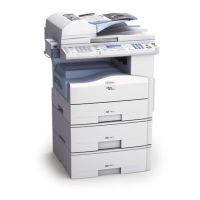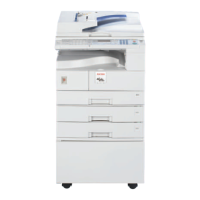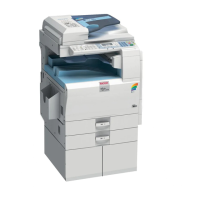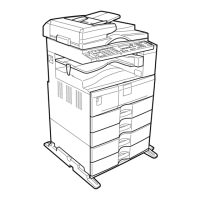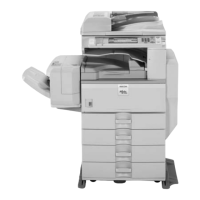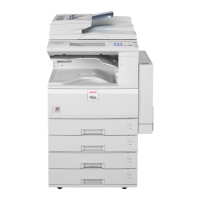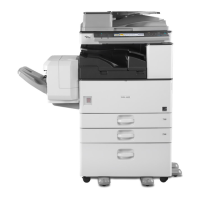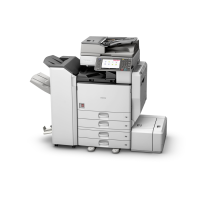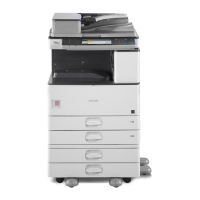• wlan can be specified only when the IEEE 802.11 interface is installed.
Interface name Interface configured
ether Ethernet Interface
wlan IEEE 802.11 Interface
The following explains how to configure an IPv4 address 192.168.15.16 on Ethernet interface.
msh> ifconfig ether 192.168.15.16
IPv6 configuration
msh> ifconfig ether inet6 “interface_name” “printer_name”
The following explains how to configure a IPv6 address to 2001:DB8::100 with prefix length 64 on
the Ethernet interface.
msh> ifconfig ether inet6 2001:DB8::100 64
Netmask configuration
msh> ifconfig “interface_name” netmask “address”
The following explains how to configure a subnet mask 255.255.255.0 on Ethernet interface.
msh> ifconfig ether netmask 255.255.255.0
Broadcast address configuration
msh> ifconfig “interface_name” broadcast “address”
Changing the interface
msh> ifconfig “interface” up
• When using the optional IEEE 802.11 interface unit, you can specify either Ethernet or IEEE
802.11 interface.
• To get the above addresses, contact your network administrator.
• Use the default configuration if you cannot obtain setting addresses.
• The IP address, subnet mask and broadcast address are the same as that for the Ethernet interface
and IEEE 802.11 interface.
• TCP/IP configuration is the same for both Ethernet and IEEE 802.11 interface. If interfaces are
changed, the new interface inherits the configuration.
• Use “0x” as the initial two letters of a hexadecimal address.
info
Use the “info” command to display printer information such as paper tray, output tray, and printer language.
4. Monitoring and Configuring the Printer
170
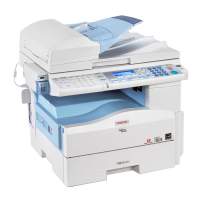
